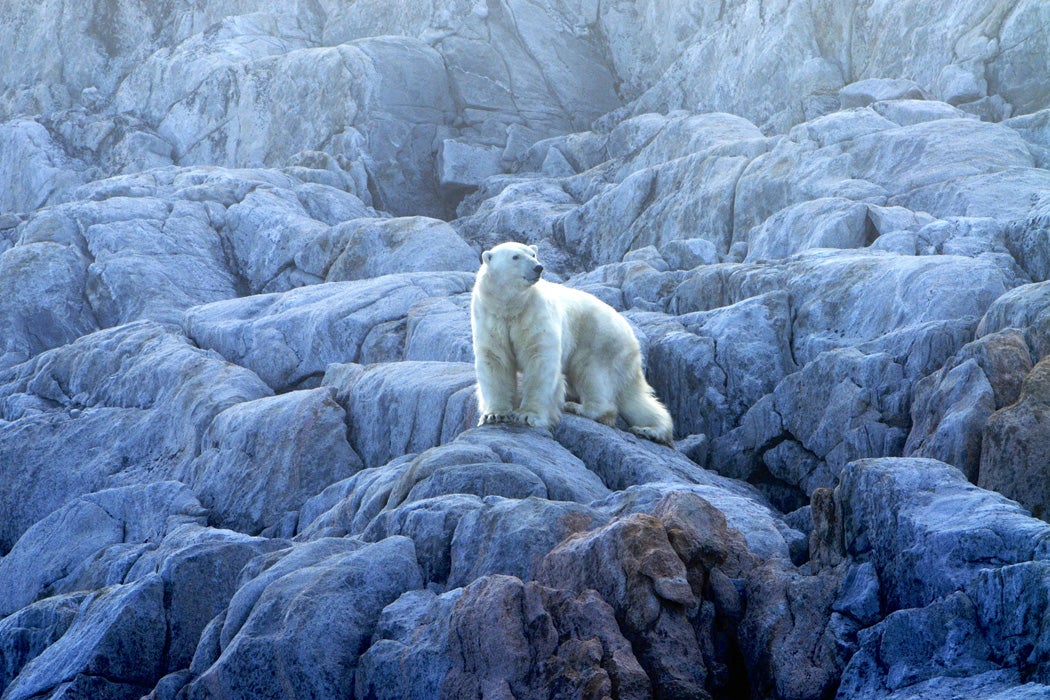Ever since it was signed into law by President Richard Nixon in 1973, the Endangered Species Act (ESA) has been remarkably successful at protecting vulnerable species and their habitats. The ESA is far from perfect, of course, but includes among its triumphs the recovery of the iconic bald eagle from the brink of extinction. Now, the Trump administration has proposed measures that would significantly weaken the ESA. There are a several key provisions at risk, but one in particular has wildlife advocates concerned: the proposed measures would limit any consideration of climate change when deciding which species are protected.
The purpose of the ESA is very plain. The act is designed to provide special protections for species in danger of extinction and the habitats they require for their survival. According to Sam Welch in Ecological Law Quarterly, however, the topic of habitat protection is where things get complicated.
The issue arose most prominently when the U.S. Fish and Wildlife Service (FWS), the primary U.S. Government agency tasked with listing species under the ESA, was considering the status of the polar bear. The polar bear was one of the first cases in which climate change was cited as a risk to the survival of a species. A critical habitat for polar bears is sea ice, which is unquestionably a habitat threatened by climate change.
However, the FWS argued that while climate change was an existential threat to the bears, the bears were not in “imminent” danger of extinction. Courts agreed. The currently shrinking ice pack justified a less restrictive, “threatened” listing, meaning the species is likely to become endangered. But because the current population and habitat are robust, the facts did not justify a finding that the bears were “endangered” and thus entitled to the full protection of the ESA. The problem, as advocates for the bears argued to no avail, was that by the time the bear was in imminent danger the emissions threatening the bears’ habitat would already be in the atmosphere and it would be too late to do anything. Critically, the ESA is not used to limit carbon emissions, the underlying cause of the climate threat.
Weekly Newsletter
The new changes won’t allow the FWS to consider climate change even to the extent that it factored into the polar bear decision. Under the new rules, the bears would not have even the weaker “threatened” listing. The interpretation that extinction risk must be “imminent” severely limits how climate change applies under the ESA. In truth, the ESA, with its species-by-species approach, is ill-equipped for an era in which a million species are at risk at once.







